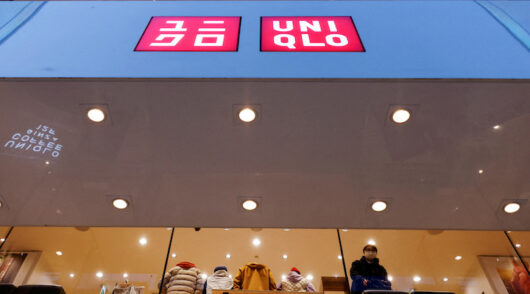Foreign brands are facing a sales squeeze in China as market growth slows and local companies’ street cred rises.
Chinese consumer goods companies especially are building market share at the expense of international brands, according to research from private equity investor Bain & Company and Kantar Worldpanel. It says China’s market for soft drinks, packaged foods, personal care and other consumer staples has slowed by a stunning two-thirds since 2011.
Six in 10 foreign brands report losing market share in 2013.
Market growth for non-durable consumer goods slowed to 4.6 per cent in the first quarter of 2014, down from 10 per cent growth in 2012 and 15 per cent growth three years ago.
Growth in annual spending per household dropped from nine per cent in 2012 to 4.6 per cent last year, while the number of urban household grew 2.6 per cent per year, contributing to volume growth.
Offline shopping channels represented 97 per cent of all purchases in 2013, but the nascent online sales channel is booming and China is now the world’s number one digital market. Online growth for all 106 product categories was 42 per cent overall.
Foreign brands overall lost share across the 26 categories studied in more detail. Some foreign brands did see marginal share gain, but the overall scorecard was negative, with 60 per cent losing share.
“A key reason for fast-moving consumer goods (FMCG) growth deceleration was that the pace of premiumisation slowed noticeably over the past year,” said Jason Yu, China GM of Kantar Worldpanel.
“With premiumisation slowing, CPGs were unable to easily push through the price increases that helped to drive growth in previous years,” he added.
Lower growth in disposable income and annual spending per household will continue to dent FMCG consumption of China’s urban households, it says.
Bain and Kantar recommend investment in three brand assets to build penetration: spending on critical marketing touchpoints that will anchor a brand in consumer minds, such as advertising (above-the-line) and sales promotion (below-the-line) investments; priority investment in so-called “hero” products that have greatest potential with shoppers; and in-store asset investments that ensure that the most important products are always available and in the right place on store shelves.






